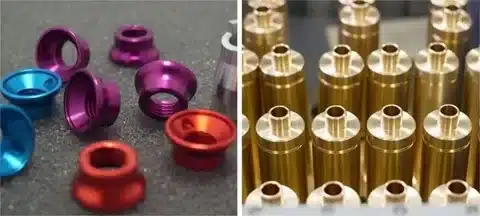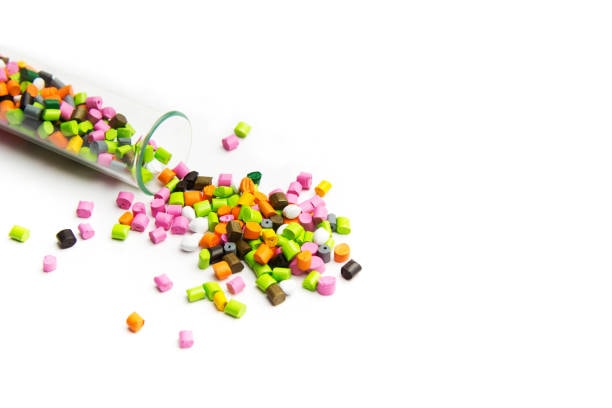
Industrial industries that produce consumer goods and automotive and electronic products need to make essential plastic material choices for their manufacturing and design operations, particularly when considering the difference between polypropylene and polycarbonate. Two frequently used thermoplastics include ABS (acrylonitrile butadiene styrene), known for its unique molecular structure,, known for its unique molecular structure, along with polypropylene (PP). Although these materials share appearance in some products they demonstrate major distinctions in chemical makeup and functionality and price structure as well as preferred application parameters.
This article delves into the essential distinctions between ABS plastic and polypropylene, with the main difference being their abs plastic material properties. , including an in-depth analysis of abs vs polypropylene, that will aid your material selection.
What Is ABS Plastic?

The thermoplastic polymer ABS plastic, which is also referred to as acrylonitrile butadiene styrene, incorporates three component substances, highlighting its complex chemical compositions. which include acrylonitrile, butadiene and styrene, highlighting its unique molecular structure . The singular elements of these compounds generate distinct attributes in thefinished product. The combination of acrylonitrile stabilizes heat and chemicals and butadiene delivers toughness whereas styrene brings rigidity with its glossy finish.
ABS plastic stands out for its high tensile strength, durability together with easy processing. thus becoming a leading injection molding material. ABS material demonstrates excellent sustainability toward both physical stress and impact resistance. along with temperature changes thus making it best suited for demanding applications, especially when comparing the durability of the two materials .
What Is Polypropylene?
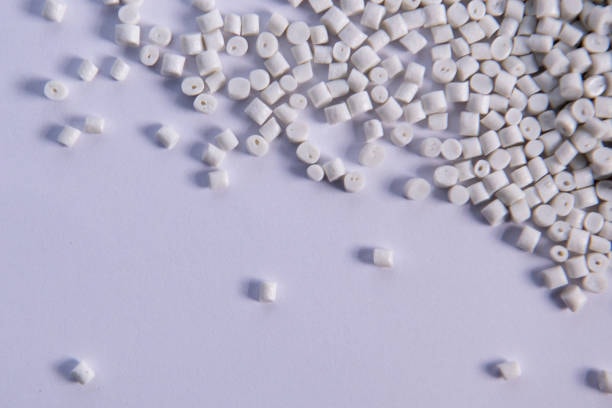
PP represents another thermoplastic polymer that derives its full structure from the propylene monomer polymerization process, providing excellent resistance to chemical corrosion, even in low temperatures making it a chemically resistant option in various applications. . PP represents the leading thermoplastic plastic worldwide because of its low density as well as its weight benefit alongside its strong resistance. to water and various chemical agents.
The advantages of PP material include flexibility together with fatigue resistance and its non-reactivity to water and acids and solvents. PP functions perfectly as either disposable items or durable objects, including food packaging and medical devices that require high standards. , including medical equipment and devices that require high standards. including packaging materials alongside automotive components.
Mechanical Properties: Strength vs. Flexibility
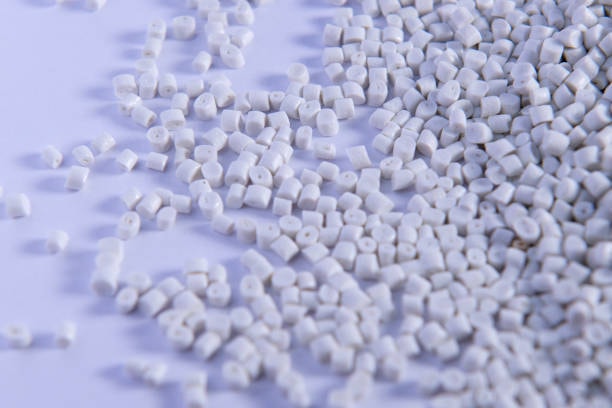
The strength and flexural properties between ABS and polypropylene exist in direct opposition to one another. ABS material maintains both greater tensile strength and rigidity which exceeds impact resistance. The high resistance capability and dimensional stability make ABS suitable for usage in producing plastic parts in various industries. in pressure-tolerant tools and automotive items as well as protective equipment.
The material properties of polypropylene include flexibility as well as lower material density. The material demonstrates flexibility under stress so it becomes an optimal choice for turning into living hinges and for food containers and piping systems. The bending capability of PP enhances its functionality even though the material cannot match the impact resistance of ABS, which is why ABS is preferred in home appliances and household items.
Chemical and Heat Resistance
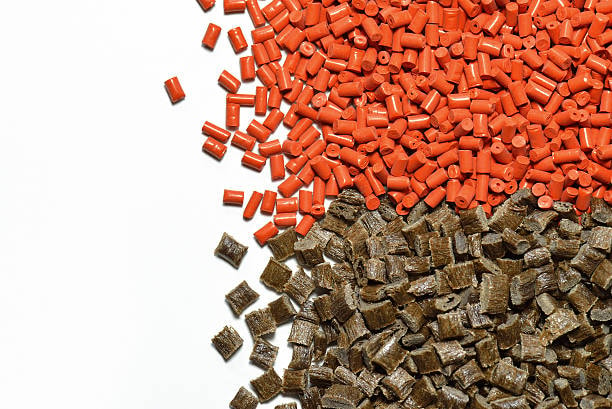
The chemical resistance capabilities of polypropylene outperform all other materials, offering better chemical resistance as demonstrated by testing results. The material persistently maintains its stability when exposed to many acids and bases, ensuring the integrity of the final product. and various solvents thus making it suitable for use in laboratory equipment along with cleaning containers.
The chemical resistance properties of ABS material are higher compared to polypropylene but the material remains sensitive to powerful acids alongside strong solvents. Polypropylene has weaker heat resistance in comparison to the chemical and thermal tolerances of ABS. Components requiring extended endurance under heat conditions should be made from ABS, particularly due to polypropylene’s low melting point compared to the high melting point of plastic materials. because it preserves both form and structural integrity even when exposed to elevated temperatures.
Surface Finish and Appearance
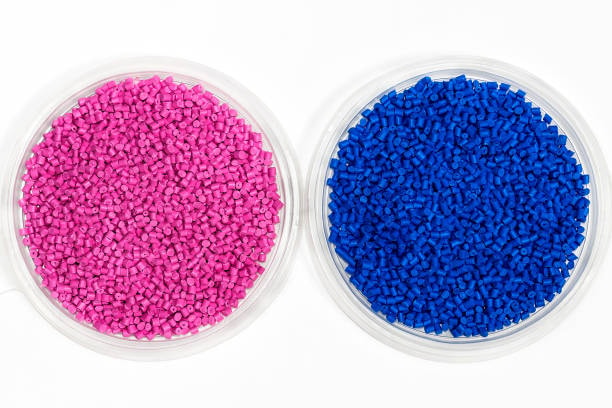
The appearance quality of ABS provides better options than other plastics. Substances can be applied to ABS because the smooth glossy material surface enables effortless finishing through painting and coating, allowing for different forms of consumer products . The attractive surface of ABS material makes it suitable for consumer products combined with toys such as LEGO bricks and many other goods where attractive appearance is crucial.
The surface of polypropylene has a dull matte appearance while its low surface energy makes painting extremely challenging. The material’s nonrejection for several utilitarian purposes is partly due to its tensile strength and resistance to staining.
Ease of Manufacturing and Processing
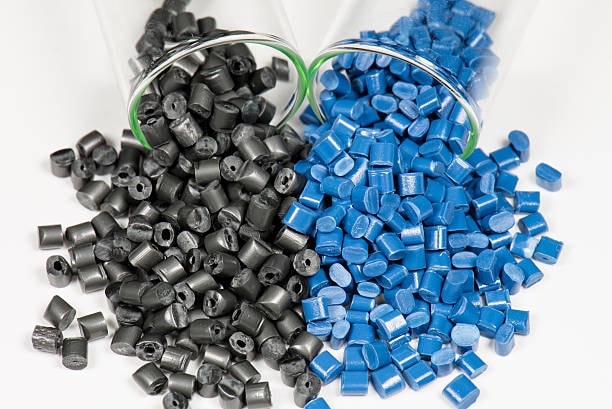
ABS together with polypropylene belongs to the thermoplastic family where they convert into moldable materials when heated and solidify following cooling periods, making them ideal for injection molding application . ABS and polypropylene show dissimilar behaviors while operating under manufacturing conditions, despite having similar properties in certain aspect .
The fabrication of ABS remains straightforward for both machining and molding processes, considering its resistance to physical impacts. The parts retain their accuracy details during cooling due to stable material behavior making them beneficial for precision component production.
The material behavior of polypropylene creates difficulties for molding because it contracts when cooled off and has reduced viscosity during melting. The plastic product delivers outstanding outcomes for massive volume manufacturing if you optimize all production parameters.
Safety and Food Contact Suitability
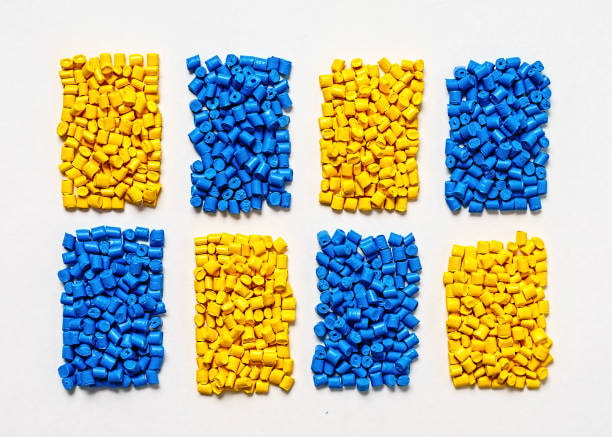
Product safety serves as a vital consideration especially for products designed to store food or meditate illness or entertain children. The material polypropylene fulfills the criteria for BPA-free plastics for consumer use, making it an ideal food grade material, and shows no signs of toxicity. The FDA together with various regulatory bodies has granted approval for its usage when coming into contact with food and beverage. Thanks to its chemical inert structure the material remains stable against harmful substance leakage whether exposed to heat conditions.
Cutting applications for ABS in food contact are limited because this material has proven to be safe for many consumer uses. Styrene is a chemical element in these items and it sparks worry due to specific health-related situations. The material is safe for use though it remains commonly excluded from applications that demand contact with edible substances.
Environmental Impact and Recyclability
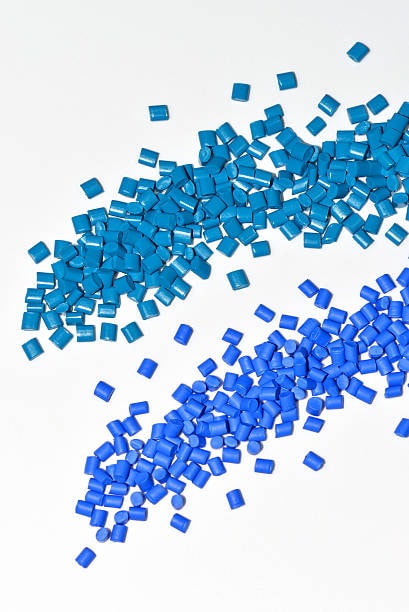
The recyclability of these materials differs despite sharing the same ability to be recycled. Polypropylene ranks as one of the popular plastics that ar widely recycled plastic materials since it carries the resin identification code “5,” and it also exhibits higher heat resistance. The recycling operations for PP have stronger foundations which enables post-recycling PP products to be applied across many different applications that include automotive parts and packaging solutions.
ABS material can be recycled but its recycling processes remain less widespread because of its mixture of monomers in its chemical structure during the production process . The energy requirements during ABS production make polypropylene appear better for the environment since it demands less energy.
Cost Considerations

Price stands as an essential element that determines the selection between ABS and polypropylene materials. Polypropylene, or pp plastic, exists at a lower price point than ABS in general markets, making it a preferred choice for cost-sensitive applications, especially in discussions of abs plastic vs polypropylene ., making it a preferred choice as low cost plastic . The cheaper pricing benefits mass manufacturing of disposable items as well as applications which value cost efficiency above strength characteristics.
ABS requires a higher price than polypropylene does despite its superior functionality and flexibility. The performance quality of ABS makes it worthwhile to invest in various high-value projects that need strong materials, especially those exposed to high temperatures. and presentable appearance.
Applications: Where Each Plastic Excels
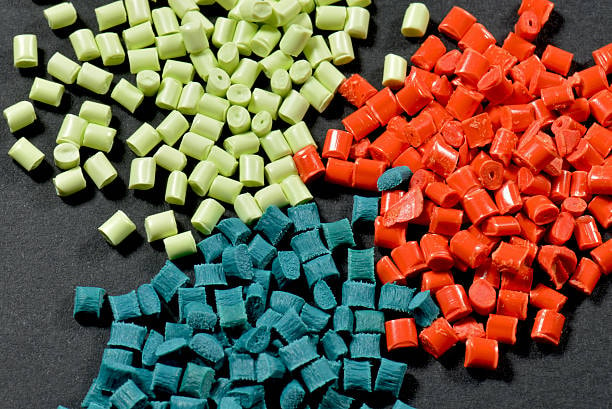
The unique features of ABS make it well suited for creating products that need high strength and superior resistance to shock while demanding an attractive surface finish. It is frequently used in:
- Automotive interiors and trims
- Protective gear and helmets
- Consumer electronics housings
- Toys and game pieces
- Tool casings
Polypropylene makes optimal applications in present when chemical durability along with flexible features and resistance to moisture must be met. Common uses include:
- Food storage containers
- Medical syringes and labware
- Industrial packaging
- Hinged caps and lids
- Automotive battery cases and bumpers
Products decide their plastic material based on individual requirements which determine their optimal solutions.
Conclusion
The decision between ABS plastic and polypropylene depends exclusively on which material suits a specific application better. Choosing ABS means getting the combination of high impact resistance and materials that require high strength, particularly in terms of flexural strength . with an appealing appearance you require, while considering specific gravity for weight-related applications . The selection of lightweight polypropylene as a moisture-resistant and chemically stable material makes it affordable at lower costs than other materials.
The knowledge of material characteristics supports designers along with manufacturers as well as product developers to choose information-based options which maximize performance alongside safety and cost-effectiveness. Modern manufacturing benefits significantly from these two plastics, especially in applications involving cnc machining, where fatigue resistance is crucial for long-term performance. , which should be used accurately per industry requirements for maximal results, especially when they need surfaces that are easily painted .

